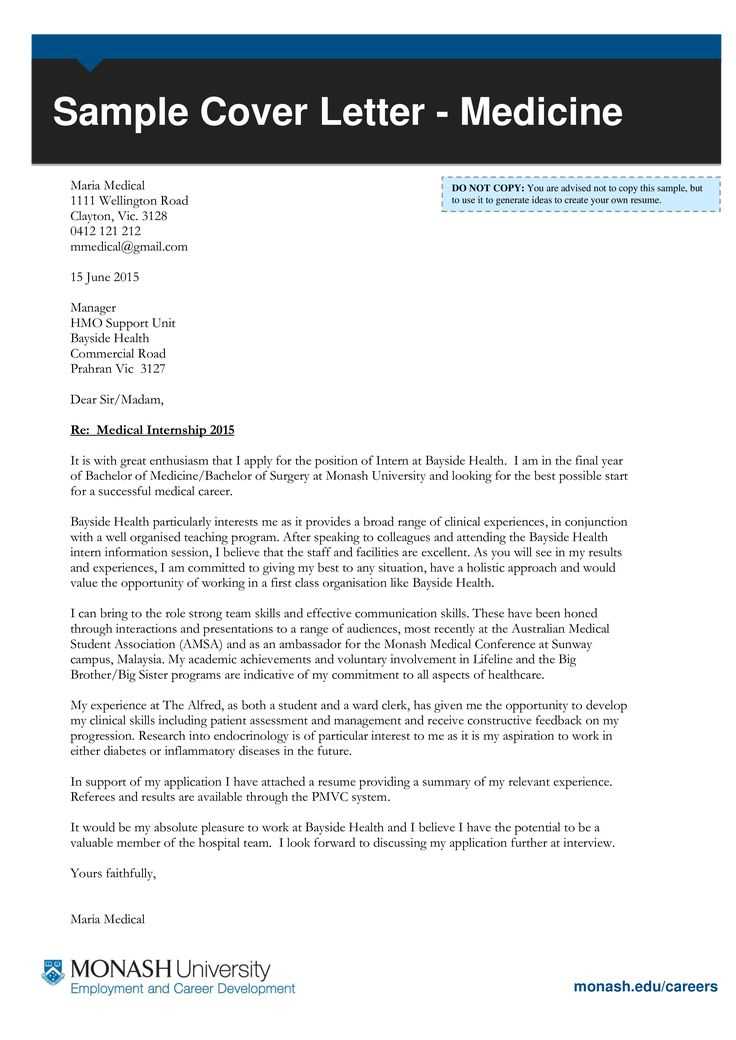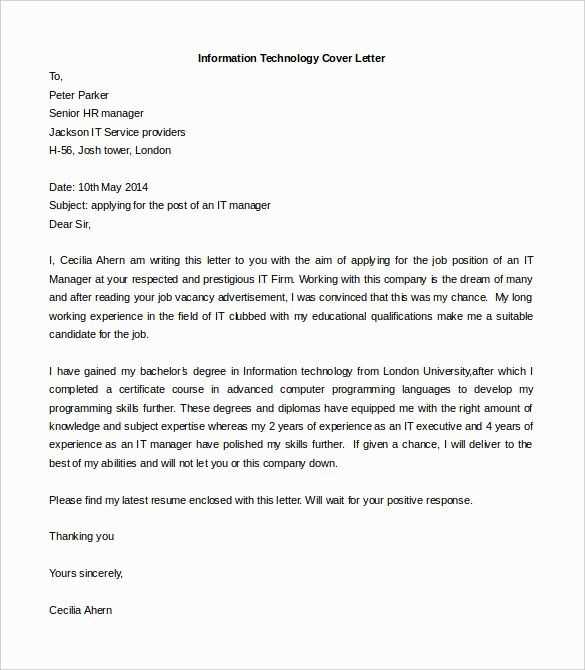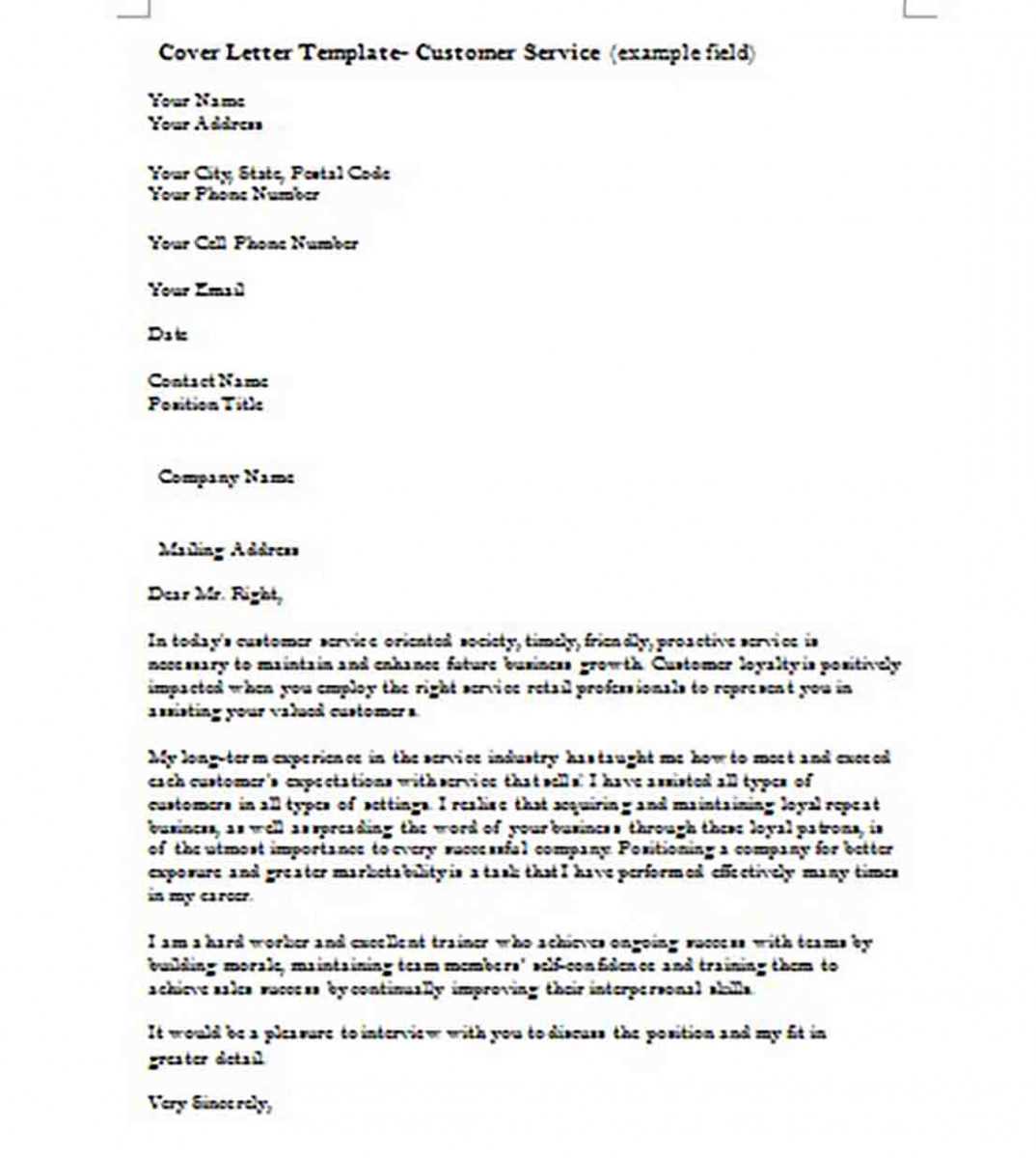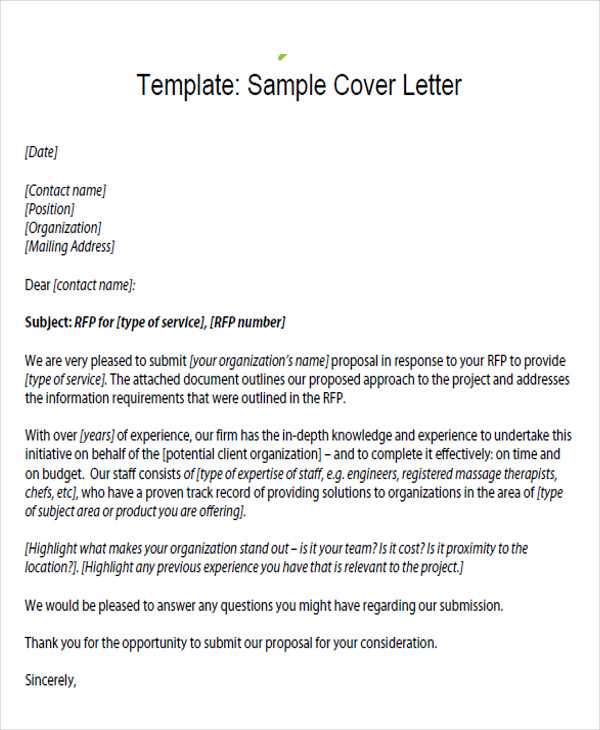Disruptive cover letter template

Craft a cover letter that stands out by breaking the mold. Your letter should clearly communicate your unique value and give hiring managers a reason to pay attention. Start with a concise, attention-grabbing opening that speaks directly to the position you are applying for, focusing on the skills and achievements that align with the role.
Avoid generic language that could apply to any job. Instead, highlight your strengths and demonstrate how they’ll contribute to the company’s specific needs. Customize each letter by showcasing your understanding of the company’s challenges and how your background equips you to solve them.
End with a confident closing that invites further conversation. Remind them of your enthusiasm for the role and express your readiness to discuss how you can make an impact. A disruptive cover letter doesn’t just reflect your qualifications; it leaves a memorable impression that makes hiring managers eager to learn more about you.
Disruptive Cover Letter Template
Open your cover letter with a bold statement that shows you’re not just another applicant. Address how your unique skills directly relate to the company’s objectives and challenges. Skip the formalities and focus on what excites you about the role.
Showcase Your Impact
- Don’t just list responsibilities from past jobs. Focus on specific achievements that had a measurable impact.
- Provide examples of how you’ve driven change, improved processes, or achieved results.
- Use numbers to back up your success–percentages, dollar amounts, or other relevant metrics are powerful indicators of value.
Connect to the Company’s Needs
- Research the company’s current projects or challenges. Demonstrate how your experience aligns with their needs.
- Offer solutions to problems they may be facing, showing you’re ready to contribute from day one.
End with a call to action that encourages the reader to take the next step. Be confident in your abilities and ready to discuss how you can help the company grow.
Crafting a Bold Opening Statement

Make your opening statement direct and impactful. Skip the formalities and get straight to the point by connecting your skills or experience with the company’s needs. Begin with a powerful sentence that grabs attention. For example, rather than saying “I am excited to apply,” show your enthusiasm by stating how your expertise aligns with the company’s current project or mission.
Use Concrete Examples

Reference specific achievements or experiences that directly relate to the position. If you led a successful initiative or project, mention it upfront. This establishes your credibility immediately. For instance, “I successfully managed a team of 10 to deliver a 30% increase in revenue within six months,” is a clear, quantifiable statement that speaks volumes.
Avoid Generic Language
Stay away from vague or overused phrases. Instead of generic phrases like “I am a dedicated worker,” focus on what sets you apart. Highlight your unique strengths, and tailor your statement to reflect the specific needs of the job. This shows that you’ve done your homework and are truly interested in what they do.
Personalizing Your Approach for Impact
Focus on the company’s values and mission when crafting your cover letter. Tailor your language to match the tone and culture of the organization. Refer to specific initiatives or projects they are involved in, and explain how your skills align with their needs. This shows that you understand their goals and can contribute meaningfully from day one.
Use examples from your past experience that directly relate to the position. Mention challenges you’ve faced and how you overcame them, emphasizing your problem-solving and adaptability. This proves you are not just interested in the job but have the relevant background to thrive in the role.
Highlight why you’re passionate about the industry or field, and connect it to your personal values. This not only showcases your dedication but also allows the employer to see how you will fit into their long-term vision. Make your enthusiasm clear through the specific projects or teams you’ve been a part of.
Incorporate a unique element that only you can offer. Whether it’s a specialized skill or a fresh perspective, this helps you stand out from other applicants. Personalizing your approach with concrete details demonstrates your commitment and increases your chances of making a strong impression.
Highlighting Key Skills That Stand Out

Focus on specific achievements that directly tie to the role. Instead of simply listing skills, provide examples of how you’ve used them to produce results. Tailor these examples to match the company’s needs, demonstrating your proactive approach. For instance, highlight how your expertise in project management led to a successful product launch, or how your technical skills resulted in a measurable improvement in efficiency.
Prioritize skills that are in high demand within your industry. Show how you’ve mastered tools or techniques that are critical to the role. This can include software proficiency or specialized certifications. A precise mention of these will attract attention from hiring managers looking for candidates with up-to-date expertise.
Don’t just mention teamwork–demonstrate your ability to collaborate in high-pressure situations. Describe how your communication skills helped resolve conflicts or how you streamlined workflows to improve team productivity. By sharing these insights, you reveal your capability to thrive in dynamic environments.
Lastly, provide evidence of your adaptability. Highlight instances where you’ve quickly acquired new skills or adjusted to shifting priorities. Show that you can learn on the fly and pivot when needed, giving employers confidence that you can handle any challenge that arises in the role.
Using Storytelling to Demonstrate Value
Share a concrete example of a challenge you faced and how you solved it. Focus on specific actions, results, and lessons learned. This approach helps employers see your practical skills and how you can apply them to their needs. Begin by outlining the problem, followed by your approach and the outcome. Be concise and direct.
Structure Your Story Effectively
Start with a brief context that highlights the problem. Then, clearly explain the actions you took. Conclude with measurable results that demonstrate the positive impact you had. Showing how your decisions influenced the outcome creates a clear narrative of value.
Make Your Achievements Relatable
- Focus on experiences that align with the job requirements.
- Relate your problem-solving to challenges the company might be facing.
- Use numbers or percentages to show how your solution worked.
Relatable examples will make your value immediately clear, allowing the reader to picture you as part of their team.
Incorporating a Call-to-Action with Confidence

Focus on clarity and directness. A call-to-action (CTA) should motivate immediate response without ambiguity. Use strong action verbs that encourage the reader to act now, such as “Join,” “Create,” or “Discover.” Keep the tone assertive yet approachable, reflecting confidence in both the opportunity and the reader’s ability to engage.
Structure your CTA in a way that leads naturally from the body of the letter. Connect it to the value you’ve already presented and highlight the immediate benefit of taking action. For example, instead of a vague “I look forward to hearing from you,” state, “I am excited to discuss how my experience can benefit your team. Let’s connect this week to explore how I can contribute.” This conveys urgency and confidence in your ability to make a difference.
Be clear on the next steps and how to take them. Include specific instructions on how to get in touch or schedule a follow-up. Use language that removes uncertainty, such as “Please contact me by phone at [number] to schedule a discussion” or “I’ll follow up next Tuesday to set up a time that works for you.”
| Effective CTA Phrases | Why They Work |
|---|---|
| “Let’s set up a time to discuss.” | Shows initiative and directs action toward scheduling. |
| “I am ready to contribute immediately.” | Demonstrates availability and eagerness to start. |
| “Can we chat this week?” | Casual yet direct, implying promptness and approachability. |
| “Looking forward to a conversation.” | Friendly tone while maintaining professional confidence. |
Close with confidence. Your CTA should feel like an invitation to take the next step, not a plea. Express excitement about the opportunity and reinforce the impact your involvement can bring. Make it clear that you are ready and waiting to move forward.
Refining the Structure for Maximum Clarity
Organize your cover letter to guide the reader through your message effortlessly. Focus on clear sections: an attention-grabbing opening, a body that highlights your key strengths, and a strong closing that drives action.
Focus on Key Information
Prioritize the most relevant points early in the letter. Avoid unnecessary details. Start with your skills and experience that directly relate to the role, ensuring that your qualifications are immediately clear. This approach avoids any confusion and draws attention to your most compelling aspects right away.
Simplify Transitions

Transitions should be smooth and logical. Use short, concise sentences that lead from one point to the next. For instance, after introducing a key achievement, follow up by linking it directly to how it will benefit the company. This helps the reader see the value you bring without having to pause or reread.
Revising your structure to streamline the flow and keep it focused on your main points ensures your cover letter is easy to follow, increasing the likelihood of leaving a strong impression.